Blog
How to make smoked meat
Traditionally, the smoking technique was performed to preserve the meat. Although we now know better ways to keep it fresh, the popularity of smoked meat has not disappeared. It is the best way to highlight the intense and succulent flavor of the loin, ribs or other cuts of meat that simply taste better when they smoke until the meat is released from the bones. You can put the meat in brine first or dress it, use a smoker or electric oven to smoke the latest technology or a grill or charcoal grill and choose from a variety of woods, each of which gives different flavors to the meat . Beyond some details to keep in mind, the meat is cooked over a minimum and uniform heat for many hours until it is completely smoked and is perfect and delicious. Read step 1 to learn how to smoke any type of meat.
Part 1 of 3: Prepare the smoker
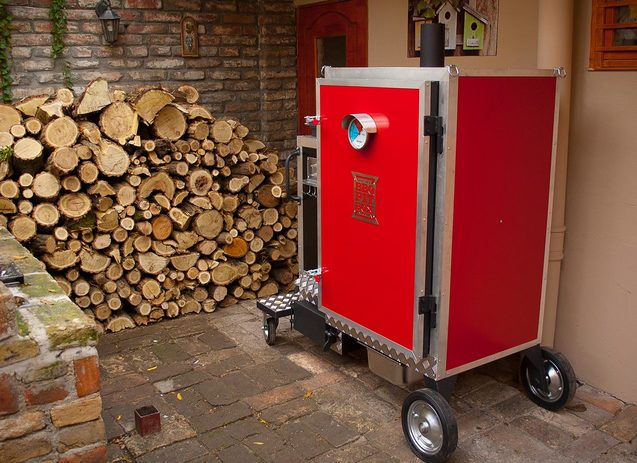
1. Choose a smoker. Experts in smoking meat often say that all you need to smoke meat is a hole in the ground. While that may be true, using equipment designed to smoke makes the process much easier and guarantees you more reliable results. If you would like to try to cook like this, but you are not sure if you will do it more than once, you can use your charcoal grill to smoke the meat. [1] Otherwise, consider investing in one of the following types of smokers: A woodburner. It is known that wood smokers are the ones that produce the tastiest results. They feed on hardwood blocks and chips, which give their intense flavor to the meat you smoke. The wood smokers have their skill, since it is necessary to monitor them carefully and add firewood constantly so that the temperature remains constant. A smoker with charcoal. This is an ideal option for both beginners and experts. Smokers with charcoal feed on a mixture of charcoal and wood. Charcoal emits heat for longer and more evenly than firewood, which is why smokers with charcoal are easier to use than firewood. If necessary, you can assemble a charcoal smoker using the grill you have in your yard. A gas smoker. These are easy to use and you do not have to control the temperature throughout the day, but the final product does not have as much flavor as smoked meat in a wood or charcoal smoker. An electric smoker. By using one of these, you can put the meat inside, turn it on and forget about it until the meat is ready hours later. However, electric smokers are not the best for flavor and also tend to be quite expensive.

2. Decide what type of firewood to use. The meat can be smoked with a variety of different hardwoods, each of which gives the meat a unique flavor. Some give more intense flavors than others and some combine better with certain types of meat. You can mix different types of wood that have the properties you like. Depending on the type of smoker you use, you will need enough wood from the wood you choose to burn throughout the day, or just enough to flavor the meat, while coal, gas or electricity do the rest of the work . Choose one of these options: The mesquite will give you a delicious meat but with a very intense smoky flavor. If you want to use only mesquite, use it for small cuts that do not require much cooking time. In case of larger cuts that need to be cooked throughout the day, mix mesquite with a softer type of wood. The American pecan or walnut has an intense flavor that combines better with red meat. The oak is used to cook large cuts of red meat that need cooking for a whole day, since its flavor is softer than that of mesquite or pecan. Cherry is an excellent complement to beef or pork. Apple wood has a sweet taste that is delicious with pork or poultry, and you can also use it to smoke fish. Maple is another sweet wood that combines well with pork or poultry. Alder is light and sweet, perfect for poultry or fish.

3. Decide to use one of two methods: wet or dry. [2] Water can be used to help control the temperature inside the smoker while the meat is cooking. In fact, some smokers are known as “water smokers” and are designed to incorporate water into the process. But you can also smoke your meat using water in a smoker with charcoal or wood. All you have to do is place a casserole with water inside the smoker and make sure it stays full throughout the day. Smoking the water can help you regulate the temperature if you are going to smoke a large cut of meat that needs a cooking time of several hours. In case of smaller cuts of meat that do not require so much cooking time, using water is not necessary. If you buy a smoker, be sure to read the instructions before deciding whether to use water or not.
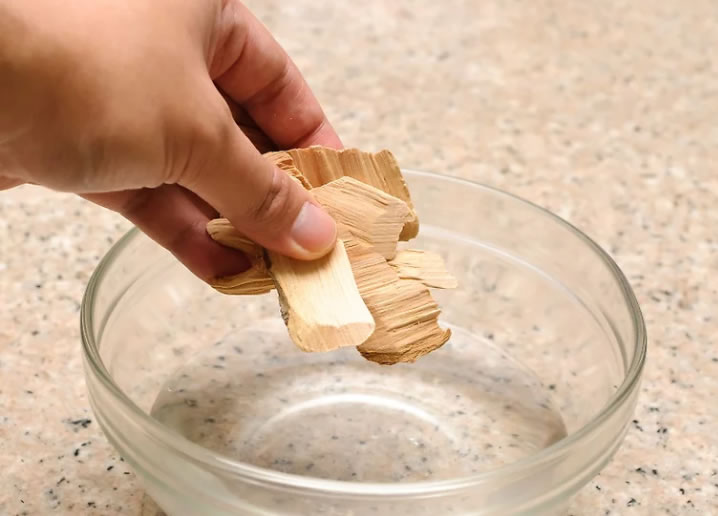
4. Soak some wood chips, but leave the larger pieces dry. If you are going to cook using a small charcoal grill or other type of smoker where you are not going to use firewood as fuel, you can use wood chips instead of large pieces. Since some splinters tend to burn quickly, you should soak them in water to last longer. Larger pieces, such as sticks and logs, can be left dry. To prepare the chips, soak them in water and then wrap them in foil. Make holes in the top so that smoke can escape.

5. Prepare the smoker for cooking. Each smoker has different specifications as to how to leave it ready to start smoking the meat. If you are going to use wood or charcoal as fuel, light the materials on the grill and wait until they burn and flames no longer occur. Meat should not be placed directly on strong heat; instead, what you should do is push the coals to the sides so that the meat is cooked slowly and with minimal and indirect heat. During the cooking process, you will need to add more charcoal and firewood so that the smoker continues to cook the meat. The goal is to keep the smoker’s temperature in a range of 93 to 105 ° C (200 to 220 ° F) throughout the cooking time. If you have an electric or gas smoker, all you have to do is turn it on as directed by the manufacturer’s instructions. Place the chips or pieces of wood where appropriate inside the smoker. We say it again, read the instructions to make sure you are doing it correctly. It may be convenient to invest in a thermometer that you can put inside the smoker to control the temperature. Part 2 of 3: Prepare the meat
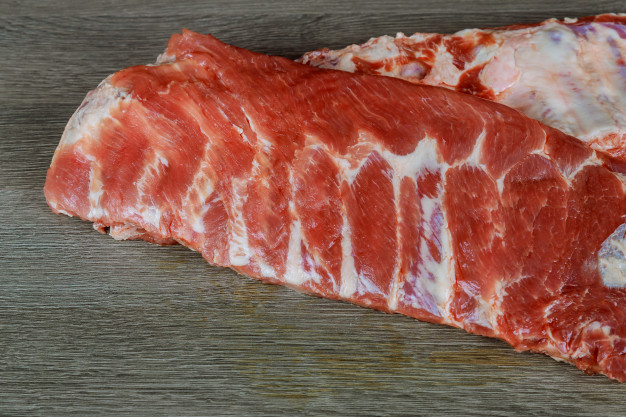
1. Choose the type of meat you will smoke. The smoking technique can be used with any type of meat, but it is usually better for hard cuts that require a long and slow cooking period. The slow cooking process breaks down the fat and connective tissue and therefore the meat is extremely tender. In addition, it is convenient that you choose a meat that tastes good with a smoky flavor. Here are some types of meat that taste delicious smoked: Beef ribs, beef tenderloin, canned beef Ham, roasted pork crown, pork chops or ribs Turkey and chicken legs Salmon, trout, lobster, tilapia

2. Consider putting the meat in brine or dressing or marinating it. It is common to use brine, marinade or dressing to make the meat more juicy and tasty before smoking it. Of course, the smoke itself will give a lot of flavor, so it is not absolutely necessary that you use one of these methods of preparation. However, by doing so you can add a touch of intensity to the flavor and ensure that your meat comes out as juicy as possible. Often, ham and poultry meat are seasoned with brine before smoking. If you plan to put the meat in brine, prepare a recipe for brine and let the meat soak in the brine you prepared overnight or for at least 8 hours. Leave the meat in the refrigerator while it is soaking. Be sure to remove the meat from the refrigerator and that it is at room temperature before starting the cooking process. Frequently, beef tenderloin and other cuts of beef are marinated before smoking. Use the same technique to marinate the meat you have chosen. You can make incisions in various places of the meat to help the marinade get impregnated. Drain the meat and make sure it is at room temperature before cooking. Dressings are generally used to season ribs before smoking. Dressings are usually prepared by combining salt and spices. Cover all the meat with the dressing and let it rest for a few minutes before cooking.
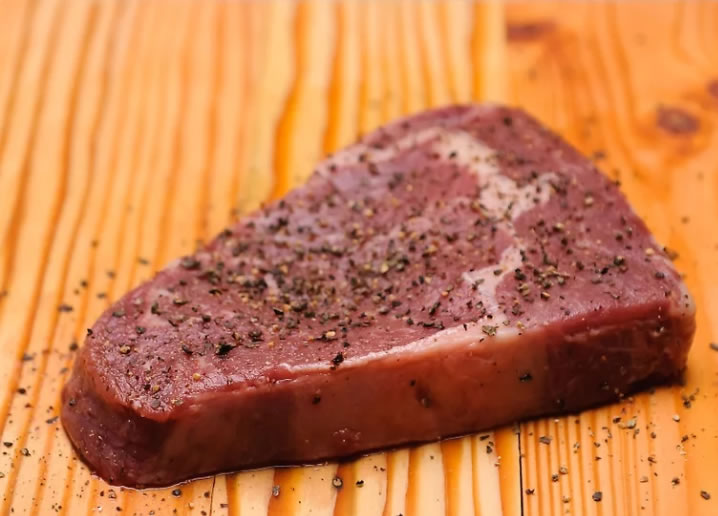
3. Bring the temperature of the meat down to room temperature. It is important that you do this before starting to smoke any type of meat. Doing so ensures that the meat is cooked evenly and that at the end of cooking it has the proper internal temperature. Depending on how large the cut of meat is, place it on the countertop between ½ to 2 hours before starting to smoke it.
Part 3 of 3: Smoke the meat

1. Calculate the cooking time. The period necessary to fully cook the meat will depend on the heat of the grill, the type of meat and the size of the cut, but you should consider at least 6 to 8 hours of cooking, and sometimes many more. Read your recipe to know approximately how long you will have to smoke the meat. Pork or beef ribs or chops generally require up to 8 hours of cooking, while a large loin cut may need about 22. It is very important that you read your recipe to know how much cooking time the meat will need, and thus be able to plan in advance.
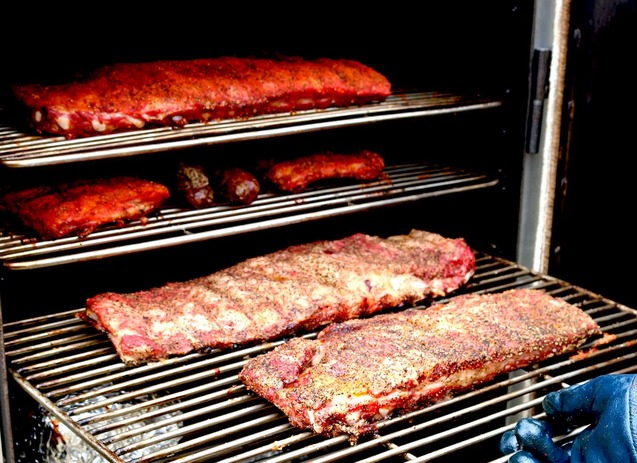
2. Put the meat inside the smoker. You can place it directly on the grill or put it on a shallow aluminum tray. Do not wrap the meat in aluminum foil, because if you do it the smoke will not be able to come in contact with the meat. The idea is that the smoke can wrap the meat during the cooking process.
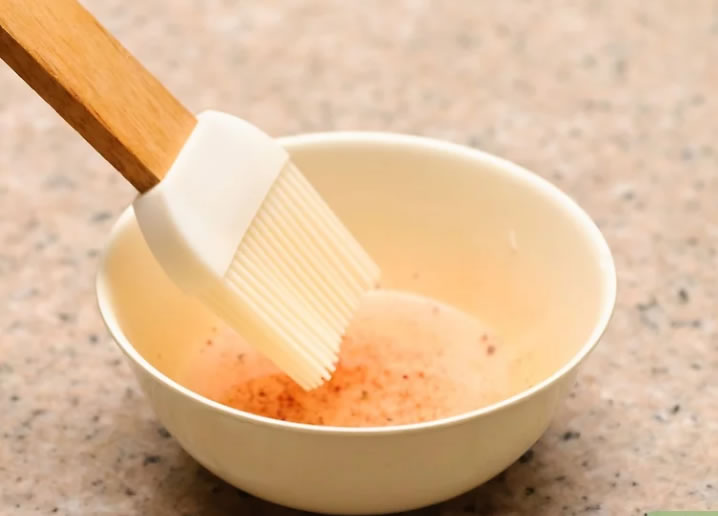
3. If necessary, cook the meat in your own juices. Again, depending on what you are going to prepare, it may be convenient to cook the meat in its own juices so that it is juicy throughout the cooking process. This technique is popular for loin and ribs. Read the recipe you are going to use to decide if it is necessary to cook it that way. If you cook the meat over low heat and slowly, it will be juicy and tender whether you do it in your own juices or not. Smoked meat can be spread or “painted” with a diluted solution of water or a mixture of water, vinegar and spices. It should be spread with a brush or kitchen brush.
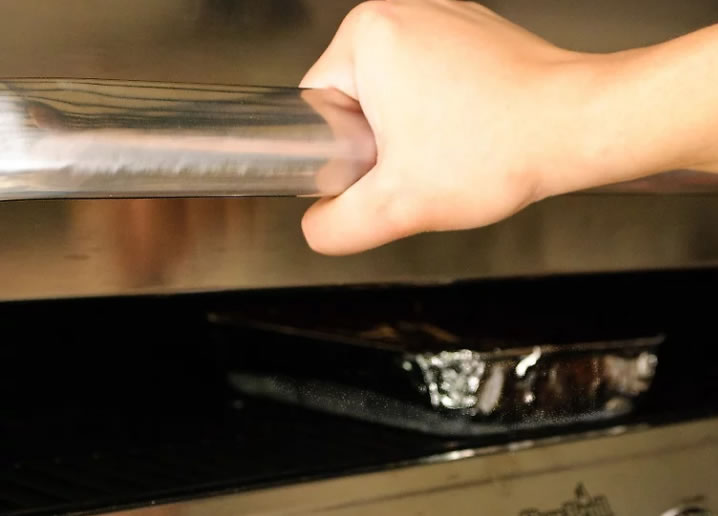
4. If necessary, cover the meat. Some smoked meat recipes follow the “3-2-1” method: [3] during the first 3 hours, the meat is smoked; then cover it with paper for the next 2 hours and finish cooking without paper during the last hour. First, the smoky taste penetrates the meat, then the meat is heated inside for the second two hours and finally, a hard layer is formed. Read your recipe to know if it is recommended that you cover the meat at some point in the cooking process.
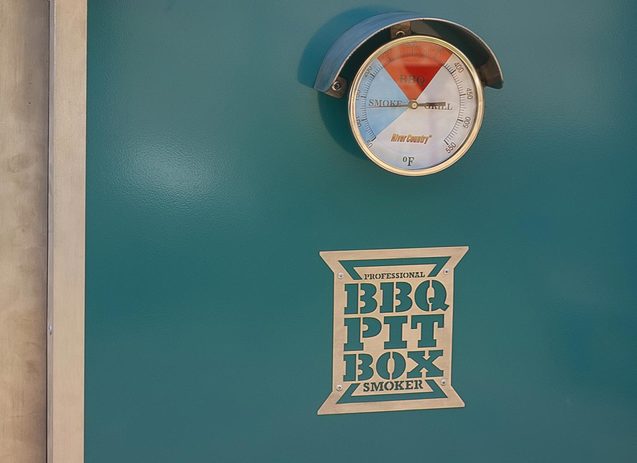
5. Remove the meat when it reaches the correct temperature. You will have to control the temperature of the meat with a meat thermometer to determine how cooked it is. Poultry meat should reach 74 ° C (165 ° F). Any pork and all minced meats should reach 71 ° C (160 ° F). The internal temperature of steaks, roast and ribs should be 63 ° C (145 ° F).

6. Look for the fringe or ring of the smoked. During the smoking process, a pink layer forms just below the delicious outer layer of the meat. It is the result of a chemical reaction that occurs when smoke penetrates the meat; the pink color is due to the formation of nitric acid. [4] When you cut the meat and see a pink ring or strip, you will know that you smoked the meat correctly. WARNINGS Prevent diseases caused by bacteria. Keep the area where you will cook clean, including your hands. Avoid cross contamination by not allowing contact between cooked and uncooked meat, and by not using utensils that have touched raw meat to handle cooked meat without having cleaned them before. Cook the meat until it has the right temperature. Save all food immediately. Avoid using treated wood. Treated wood contains toxins that are harmful if used to cook food. The wood that is sold to smoke meat can be bought in logs or splinters, and even as sawdust.

